Musk's AI Dream: Tesla Unveils Three 'Robot' Products
![]() 10/22 2024
10/22 2024
![]() 477
477
Preface:
Tesla officially unveiled three new robot products at a recent event, further confirming Tesla founder and CEO Elon Musk's strategic vision of the company becoming "the world's largest robot/semi-intelligent robot company."
At the "We, Robot" event, Musk grandly introduced three robot products: the autonomous Cybercab, the autonomous minibus Robovan, and the upgraded humanoid robot Optimus.
Author | Fang Wensan
Image Source | Network
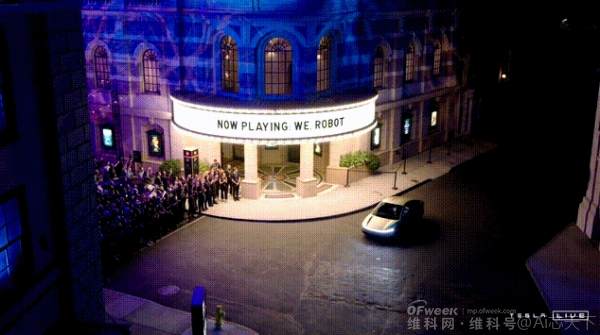
Cybercab: The Ideal State of a Robotaxi
Cybercab, an outstanding representative of two-seater autonomous taxis, completely eliminates the constraints of traditional steering wheels and pedals, instead adopting an in-vehicle automatic cleaning system that integrates interior wiping and vacuuming functions, offering users an unprecedented convenient experience.
More notably, Cybercab introduces innovative inductive charging technology, effectively reducing operating costs and heralding a new era of the sharing economy.
Musk announced on-site that the manufacturing cost of Cybercab is expected to be controlled below $30,000, with a per-mile travel cost as low as 5-10 cents. This pricing strategy is undoubtedly disruptive to the future travel service industry.
He further revealed that Cybercab is expected to enter mass production in 2026 and be open for global sales to the public.
Cybercab's autonomous driving technology is rooted in Tesla's leading pure vision FSD system, which deeply integrates advanced AI deep learning algorithms and a sophisticated camera array. Through continuous massive road data training and optimization, it continuously improves the accuracy and safety of autonomous driving.
Furthermore, he disclosed that the planning for the Cybercab 2.0 version is underway, foreshadowing more innovations and breakthroughs to come. Stay tuned for subsequent announcements for more details.
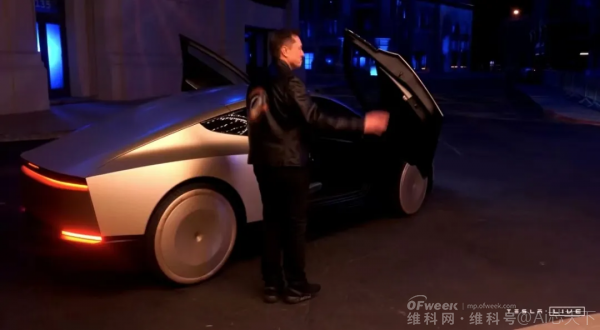
Tesla's Robotaxi project planning divides its operational model into two major segments based on vehicle sources:
① The vehicle-owner-oriented model adopts an Airbnb-like operating strategy, where Tesla serves as the autonomous taxi platform service provider, earning revenue sharing from each Robotaxi order, while the majority of order income goes to the vehicle owners.
② Tesla's own vehicle operating model is more akin to Uber's business model, requiring Tesla to strictly control the costs of its own vehicles in order to accelerate profitability.
Musk believes that the initial scale effect of Tesla's Robotaxi project will primarily rely on the active participation of existing Tesla vehicle owners.
During the second-quarter earnings call, he stated that while some owners may be reluctant to include their vehicles in the program, he believes most will support it, providing immediate scale for the project.
These two vehicle sources will enable Tesla's Robotaxi fleet to rapidly expand to millions or even tens of millions of autonomous vehicles.
Overall, Tesla's Robotaxi operational and profitability models blend the essence of Airbnb and Uber.
In terms of cutting-edge technology research and development, breakthroughs in technologies such as Robotaxi will directly determine Tesla's competitive position and influence in the future automotive industry.
Amidst fierce competition from domestic autonomous brands and emerging players, Tesla's gross profit margin continues to face pressure.
Therefore, achieving differentiated profitability through autonomous driving technology may become a key strategy for breaking through this predicament.
Furthermore, since the beginning of this year, autonomous driving companies such as Luoborun have successfully launched operations in Beijing, Chongqing, Shanghai, Wuhan, and other cities, further stimulating market interest in the commercialization prospects of Robotaxi.
From a cost perspective, the primary driver of cost reduction for Robotaxi lies in the decrease in hardware costs and the improvement of intelligent driving capabilities, both of which contribute to reducing the cost of remote safety drivers per vehicle.
In terms of revenue, as operating hours increase and empty running rates decrease, Robotaxi is expected to achieve a balance between revenue and costs per vehicle by 2027.
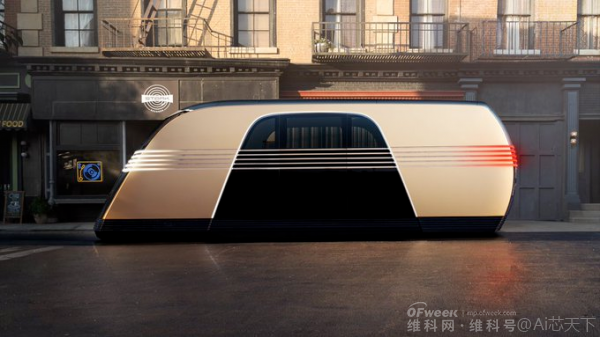
Robovan: Envisioning Autonomous Multi-Passenger and Logistics Travel
Musk also grandly introduced Robovan, another autonomous, multi-functional van.
Robovan's core advantage lies in its dual functionality, capable of carrying both passengers and cargo, with a single trip accommodating up to 20 people, greatly meeting the needs of multi-person travel and providing the public with a more efficient, high-density travel option.
This model is particularly suitable for corporate team trips or large family outings, offering convenient and efficient solutions for various users.
According to the announcement, Robovan's travel cost is extremely economical, costing only 5-10 cents per mile, significantly enhancing the cost-effectiveness of group travel.
Meanwhile, Robovan is equipped with Tesla's Full Self-Driving technology, combined with advanced AI perception and decision-making capabilities, enabling it to accurately navigate complex traffic environments and ensure driving safety.
Robovan's AI system boasts robust real-time traffic analysis capabilities, automatically optimizing driving routes to reduce congestion and improve travel efficiency.
Furthermore, the model has the capability to interface with urban traffic management systems, contributing to the optimal utilization of road resources and promoting smart travel.
Musk further noted that the introduction of Cybercab and Robovan will significantly increase vehicle utilization, thereby effectively reducing the demand for vast parking spaces in cities.
Looking ahead, parking lots are expected to be transformed into more green spaces such as parks and playgrounds, ushering in significant progress and transformation for urban development.
As another innovative Tesla product, Robovan operates on relatively fixed routes, suitable for logistics, express delivery, and fixed-route scenarios.
Robovan primarily targets the G/B-end market with clear downstream sales targets. For instance, the Robovan jointly launched by Wenyuan and Jiangling has entered into a strategic partnership with ZTO Express for intra-city express and logistics services.
Regarding the future of Robotaxi, Musk has proposed various visions, such as transforming vehicles into lounges or cinemas after removing steering wheels and pedals.
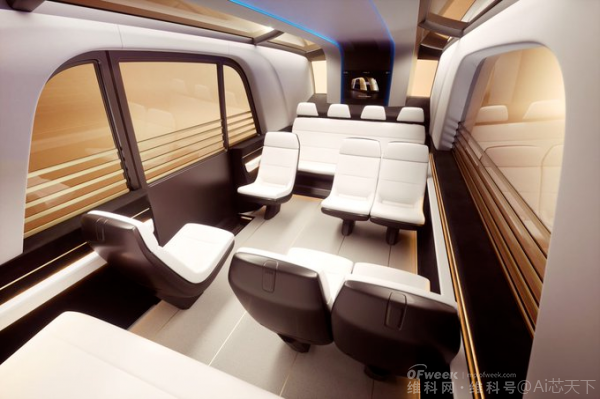
Optimus: Embodying the Flexibility and Versatility of Humanoid Robots
Alongside the autonomous vehicle announcements, Tesla also grandly unveiled its third-generation humanoid robot, Optimus.
At the previous WAIC exhibition held in Shanghai, visitors could only admire Optimus from a distance;
however, at this event, Optimus not only danced on stage but also actively mingled with the crowd, demonstrating its high interactivity and human-like qualities, akin to a true companion by one's side.
Furthermore, the Optimus on display assumed the role of a bartender, elegantly lifting a glass, pouring drinks with precision, and personally delivering them to the audience.
Simultaneously, Optimus actively interacted with the audience, participated in games, gave the thumbs-up gesture, and distributed carefully prepared snacks, creating a joyful and harmonious atmosphere.
Regarding the future of Optimus, Musk explicitly stated that as technology matures and production increases, the price of humanoid robots will gradually decrease. It is anticipated that upon large-scale supply, their selling price will drop to $20,000 to $30,000 (approximately RMB 140,000 to 210,000), making intelligent robot experiences accessible to more users at a price range even lower than that of Tesla cars.
Optimus's core AI technology is rooted in Tesla's deep learning and robotic control technology system, honed over years of experience in the autonomous driving field.
Through deep learning mechanisms, Optimus can draw nourishment from vast amounts of data, self-iterate and optimize, continuously enhancing its insight into the surrounding environment and precision in task execution.
Meanwhile, integrated robotic control technology endows it with meticulous motion control capabilities.

Its built-in AI hub integrates powerful visual analysis and decision-making logic functions, supporting autonomous learning processes and flexibly adapting to diverse task challenges in home environments.
From a technological development perspective, the emergence of Optimus is also inseparable from the robust support of Tesla's Dojo supercomputer platform.
Leveraging large-scale machine learning training capabilities, this platform constructs a framework for Optimus to deeply understand complex scenarios and make autonomous decisions.
Looking ahead, the application potential of Optimus extends far beyond domestic assistance, promising to venture into critical fields such as medical care and companion services, propelling humanity into a fully intelligent new era and profoundly transforming daily life.
Musk has long been committed to articulating Tesla's vision of transcending traditional automakers, positioning the company at its core as one focused on general-purpose physical AI.
Within this framework, autonomous driving technology and the Optimus humanoid robot are seen as the core driving forces behind Tesla's business.
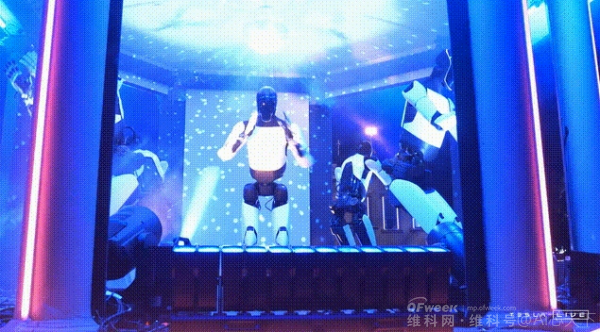
Addressing Operational, Technological, and Cost Challenges First
Tesla's autonomous driving technology relies on AI and vision systems, eliminating the need for expensive equipment assistance.
It is revealed that Tesla plans to achieve full self-driving for vehicles equipped with HW 3.0 or higher suites in California and Texas by 2025;
meanwhile, the HW 5.0-equipped Cybercab will enter mass production and commence operations in 2026.
Currently, Tesla's FSD has been iterated to version V12.5.6, with version V13 set to be released this month, expected to increase the average takeover rate by sixfold.
Tesla's move will inspire the entire automotive industry, prompting major automakers to accelerate their layouts in cutting-edge AI technology through increased independent R&D, deepened cooperation, and strategic acquisitions.
This trend will not only contribute to building a more comprehensive AI technology ecosystem but also vigorously promote the widespread application and deep integration of AI technology in the automotive industry.
Tesla's Cybercab and Robovan are designed without steering wheels or pedals, which may not comply with existing federal vehicle safety regulations.
Tesla needs to work closely with regulatory agencies in various countries and states to ensure these vehicles can legally operate on the road.
Although Tesla plans to attract users by reducing operating costs, achieving large-scale commercial operations remains uncertain.
Tesla must prove the safety and reliability of its autonomous taxis to win the trust of consumers and regulatory agencies.
In summary, Tesla's innovations in robotics and autonomous driving are remarkable, but achieving large-scale commercialization and popularization necessitates overcoming numerous challenges.
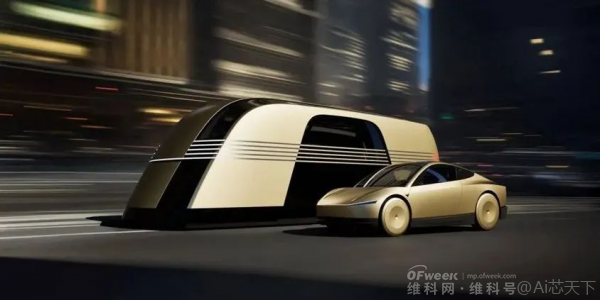
Conclusion:
At the "We, Robot" event, Tesla showcased significant advancements in autonomous driving and AI applications, underscoring Musk's ambitious vision in the AI realm.
The official launches of Cybercab and Robovan marked breakthroughs for Tesla in autonomous taxis and shared mobility, further consolidating its leadership in these fields.
Some references:
Leifeng.com: "Tesla's First Autonomous Robotaxi, Upgraded Optimus Still a Pipe Dream?"
China Electronics News: "Musk's [Dream of Robots]"
Dawn AI Research Institute: "Tesla Unveils Three Robot Products: Cybercab, Robovan, Optimus"
Huatai Securities Technology Research: "Tesla [We, Robot] Event: Below Wall Street Expectations, But a Technologist's Delight"
Zinc Finance: "A [Historic] Event That Cost Musk $470 Billion"
CITIC Securities Research: "CITIC Securities: Tesla's Event Exceeds Expectations"








